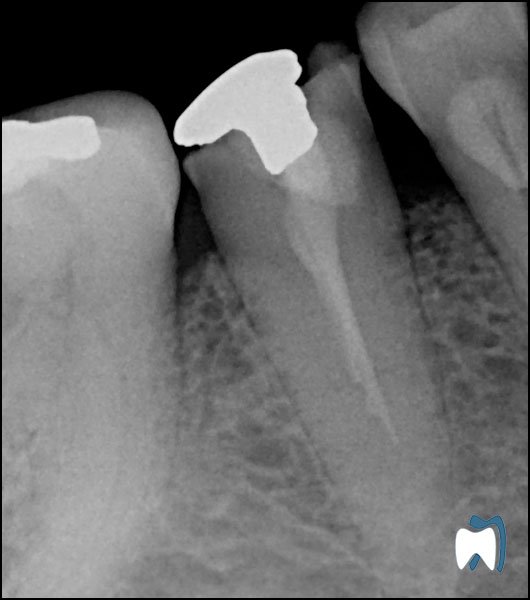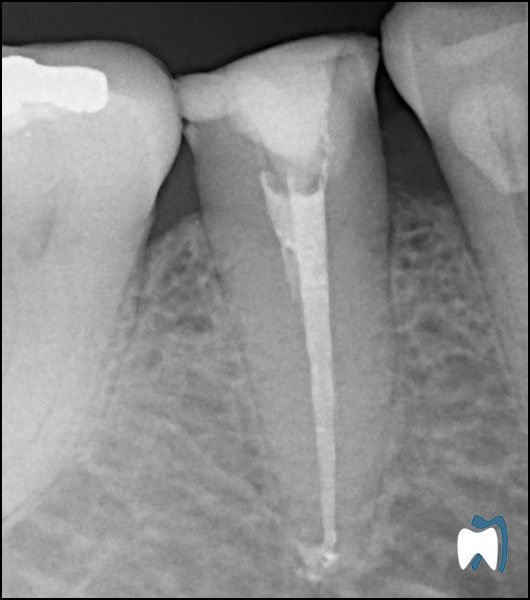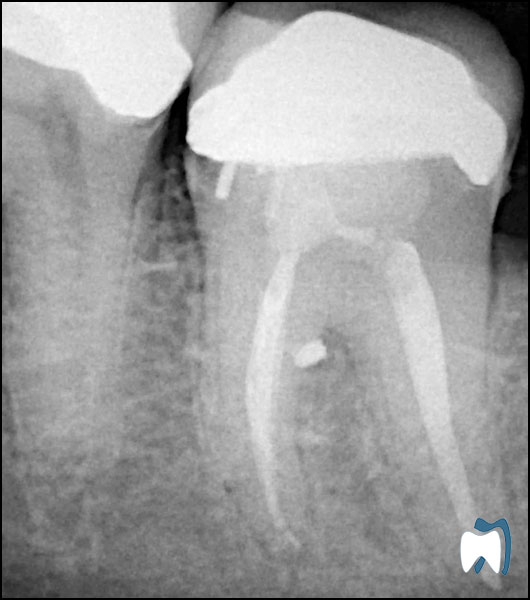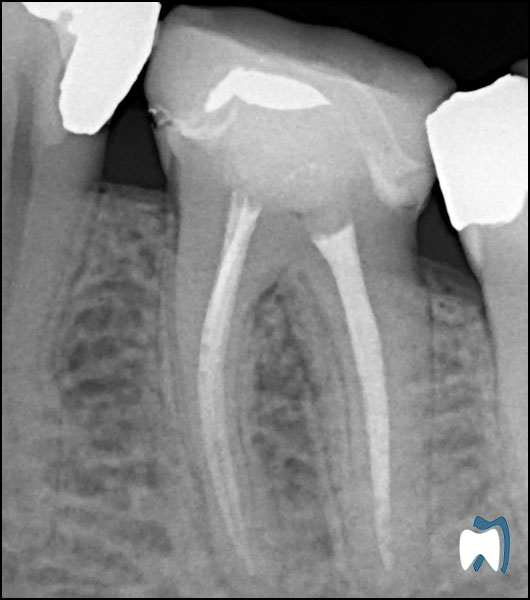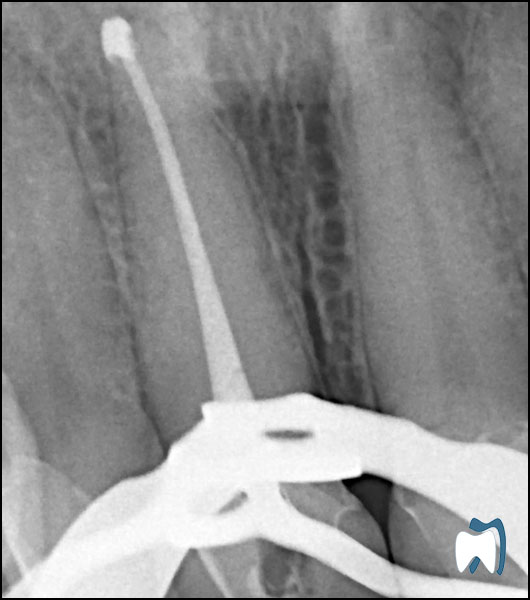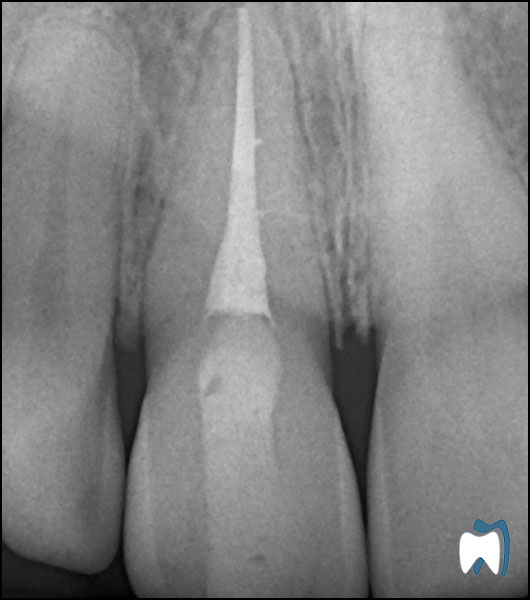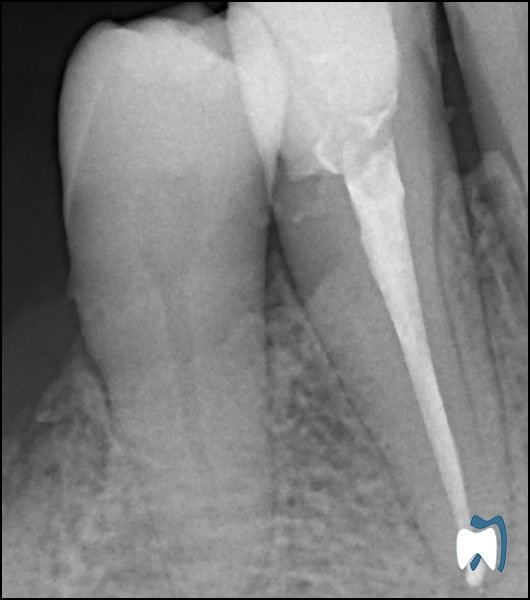Root canal treatment
Inside the tooth, under the white enamel and a hard layer called the dentin, is a soft tissue called the pulp. The pulp contains blood vessels, nerves and connective tissue, and helps to grow the root of your tooth during development. In a fully developed tooth, the tooth can survive without the pulp because the tooth continues to be nourished by the tissues surrounding it.
Contrary to jokes about the matter, modern treatment is very similar to having a routine filling and usually can be completed in one or two appointments, depending on the condition of your tooth and your personal circumstances. You can expect a comfortable experience during and after your appointment.
advantages of root canal treatment
Saving the natural tooth with root canal treatment has many advantages:
- Efficient chewing
- Normal biting force and sensation
- Natural appearance
- Protects other teeth from excessive wear or strain
root canal treatment Process
Root Canal treatment can often be performed in one or two visits and involves the following steps:
1. Dr. Grundlingh examines and x-rays the tooth, then administers local anesthetic. After the tooth is numb, he places a small protective sheet called a “dental dam” over the area to isolate the tooth and keep it clean and free of saliva during the procedure.
2. Dr. Grundlingh makes an opening in the crown of the tooth. Very small instruments are used to clean the pulp from the pulp chamber and root canals, and to shape the space for filling.
3. After the space is cleaned and shaped, Dr. Grundlingh fills the root canals with a biocompatible material, usually a rubber-like material called gutta-percha. The gutta-percha is placed with an adhesive cement to ensure complete sealing of the root canals. In most cases, a temporary filling is placed to close the opening- but this will be removed before the tooth is restored.
4. Dr. Grundlingh will then place a crown or other restoration on the tooth to protect and restore it to full function.
If the tooth lacks sufficient structure to hold the restoration in place, Dr. Grundlingh may place a post inside the tooth. Don’t be afraid to ask him for more details about the specific restoration planned for your tooth.


